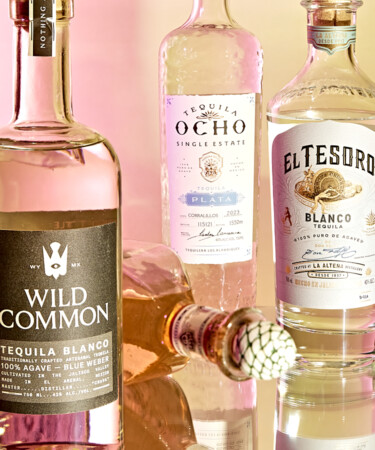There are countless tequila brands out there, but agave aficionados go particularly nuts for Tequila Fortaleza. Since its founding in 2005, the Jalisco-based brand has ascended to a unicorn status in the spirits world, à la sought-after bourbons like Weller or the even more elusive Pappy Van Winkle. Even whiskey taters are posting photos of Fortaleza bottles peppered in with their most recent hard-to-find bourbon hauls. And we can’t blame ‘em: All of the brand’s expressions are made with traditional distillation methods that skillfully showcase the essence of Blue Weber agave.
But thanks to Fortaleza’s stellar rep and its refusal to further up its production, tracking down a bottle isn’t always a possibility. If you manage to find one, it can run you upwards of $150, depending on how much the retailer is jacking up the price. That’s where VinePair has got your back. Below, we’ve compiled a list of the best alternatives to Fortaleza. In building this list, we factored in price, flavor, production methods, and a ton of other factors that equate to a good substitute for these coveted bottles. Some brands are based in El Valle (or Tequila Valley) where Fortaleza is made, while others hail from the highlands. But no matter where they’re from, these brands are dishing up clean, terroir-driven expressions of agave.
So, without further ado, here are VinePair’s eight best alternatives to spring for.
Tequila Cascahuín
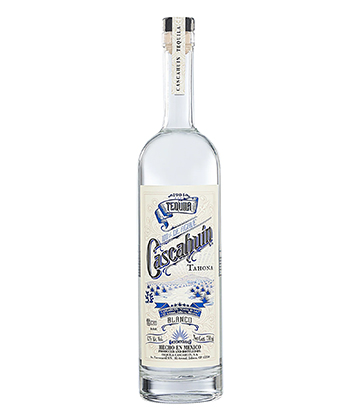
Hailing from Los Valles, Tequila Cascahuín employs ancestral techniques in its tequila production. Much like Fortaleza, it cooks its agave in stone ovens and uses deep well water to make its tequila. While most of its expressions are made via the more modern and efficient roller mill extraction, Cascahuín also offers a tahona-made version of its blanco, which is generally held in higher regard than the brand’s baseline offerings. (There’s a tahona reposado in the line as well, but it’s not yet available in the U.S.). In short, you can’t really go wrong picking up any bottle from Tequila Cascahuín. It’s a brand with over 100 years of history under its belt, and the liquid lives up to the legacy.
Wild Common
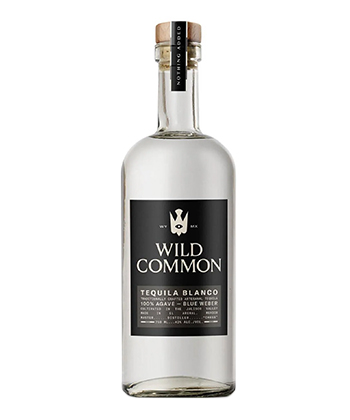
Although it’s produced at the same distillery as Tequila Cascahuín (NOM 1123) and by the hands of the same distillers, Wild Common is a relative newcomer to the agave space, having been founded in 2021 by American photographer Andy Bardon. Thanks to this shared distillery, Wild Common and Tequila Cascahuín share similar flavor profiles. All of Wild Common’s tequila expressions — a blanco, a still-strength blanco, and a reposado — are produced through a combination of tahona and roller mill extraction, distilled in copper pots, and rested in stainless steel to allow for mild oxidation. Given those circumstances, Wild Common isn’t a far cry from Tequila Cascahuín’s tahona expression or Fortaleza’s tequilas. All three brands also use American oak and ex-bourbon barrels.
Don Fulano
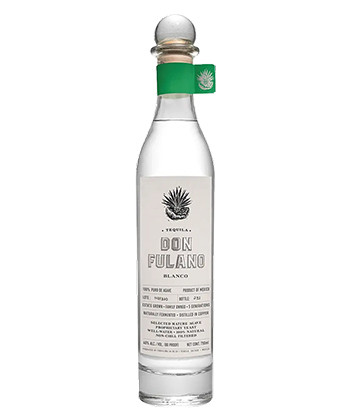
Before we make the full pivot to the highlands (a.k.a. Los Altos), we’ll make a pit stop at NOM 1146, the home of Don Fulano. This brand is based in the lowlands, but it sources its agave from the highlands. It also uses a low-pressure autoclave to cook its agave piñas, which may not be as traditional as using a stone or brick oven, but it’s more efficient and still preserves the flavor potential of the piña — a must for world-class tequila producers like Don Fulano and Fortaleza. Don Fulano also extracts its agave juice with a combination of screw and roller mills. The former is generally viewed as a happy medium between tahona and roller mill extraction since screw mills don’t break as many agave fibers as the roller mills do.
While Don Fulano may not be as rustic as Fortaleza in its approach to tequila production, the brand is a stellar example of modern techniques being used in a way that doesn’t compromise the quality of the final product. Plus, its aged expressions make use of ex-wine casks, French oak, and Hungarian oak, which impart some unexpected flavors not commonly found in reposados, añejos, and extra añejos.
Tequila Ocho
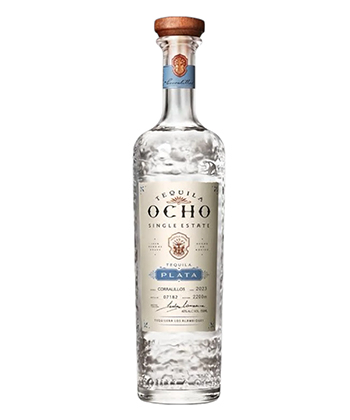
As we venture to Los Altos, we find Tequila Ocho, which was co-founded by fifth-generation agave farmer and third-generation tequilero Carlos Camarena. The Camarena family has been in the tequila business since the mid-1800s, and are now behind some of the most acclaimed brands in the game including G4, Primo 1861, El Tesoro, and Terralta to name a few. Let’s just say that the Camarenas are celebrities in tequila that don’t make celebrity tequila.
Tequila Ocho hit the scene in 2008, and quickly stole the hearts of tequila geeks everywhere. Given that a large portion of its agave is sourced from single-estate farms, the aim at Ocho is to showcase the terroir of Los Altos. This is high-quality tequila, and an exceptional backup buy when Fortaleza is out of reach. Plus, the value is on point — even the brand’s añejo is below the $80 mark. For anyone looking to get the purest sense of Los Altos agave, we recommend going for Tequila Ocho’s high-proof Plata Puntas bottlings, though they are undeniably harder to track down than the baseline expressions.
El Tesoro Tequila
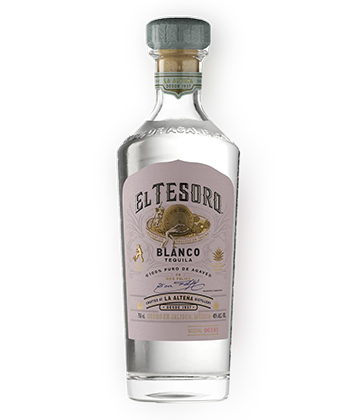
As mentioned above, El Tesoro is another Camarena family affair. Though it’s been owned by larger beverage corporations since 1999, the brand’s quality hasn’t been compromised, and Carlos serves as the brand’s master distiller at La Alteña Distillery. And despite the difference in home region, El Tesoro has a lot in common with Fortaleza: Both brands use stone ovens, deep well water, tahona extraction, open-air fermentation in wooden tanks, and copper pot distillation to make their tequilas. On top of that, both brands’ staple offerings clock in at 40 percent ABV (not including still-strength expressions) and any barrel aging takes place in ex-whiskey barrels. That said, El Tesoro is pumping out some of the cleanest expressions of Los Altos agave on the market, making it a great brand to spring for even when Fortaleza is in stock.
LALO Tequila
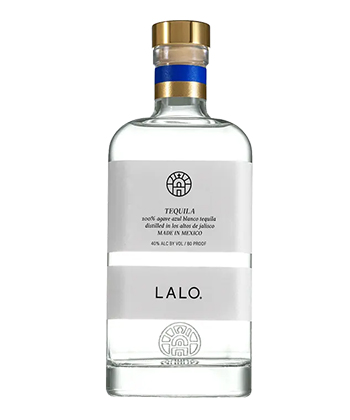
LALO is a bit of an outlier in this list as it only produces blanco tequila, but its production methods and commitment to honoring its agave make it a worthy substitute for Fortaleza’s blanco. The brand also cooks its piñas in stone ovens, uses deep well water in all of its processes, and distills its liquid solely in copper pots.
One of the more unique aspects of LALO is the brand’s decision to ferment its agave with Champagne yeast. While this type of yeast can be used to produce certain esters and aromas, it can also remain relatively neutral in a vast range of fermentation temperatures. Unlike other brands that use wild or proprietary yeast strains to give their products a sense of place, LALO presumably uses Champagne yeast to let the agave itself do all the talking. The result is a clean, crisp tequila that offers a whole lot of bang for the buck. Depending on where one purchases LALO, a bottle will only cost between $40 and $50.
Tapatio
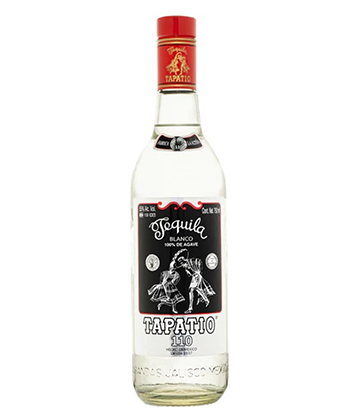
Founded in 1937 by Don Felipe Camarena, Tapatio is the flagship brand of Jalisco’s La Alteña Distillery. And as with El Tesoro, Don Felipe’s grandson Carlos serves as Tapatio’s master distiller. According to Tequila Matchmaker, Tapatio uses a combination of tahona and roller mill extraction while El Tesoro is all tahona. That might be why El Tesoro tequilas command a slightly higher price point, but for the budget-conscious, Tapatio is another great alternative to the mighty Fortaleza. And given that El Tosoro doesn’t have any high-proof offerings in its portfolio, Tapatio 110 is a great option for those who want a little extra oomph in their tequila. It makes for a great cocktail component, too.
G4
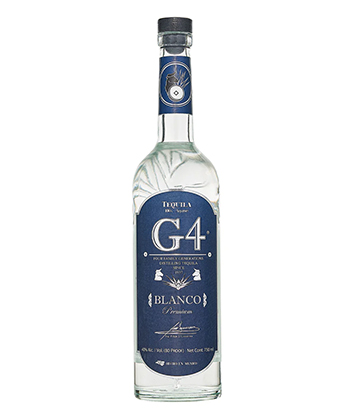
G4 is yet another stellar brand backed by the Camarenas. This one, though, is overseen by Carlos’s brother Felipe at Destileria El Pandillo in Jesús María, Jalisco. Up there in the highlands, Felipe keeps G4’s processes traditional with a few modern innovations that don’t diminish the quality of its tequila. All of its agave piñas are cooked in stone ovens and are crushed with a custom, full-metal, 20,000-pound tahona lovingly dubbed “Felipenstein” that manages to extract 97 percent of the sugar from the agave fibers, according to the brand. Varying blends of rainwater, natural spring water, and well water are used as primary water sources, and G4 distills all of its tequila in copper pots. The finished tequilas are bursting with cooked agave aromas and pack a vegetal, peppery, and fruity punch on the palate — especially the Madera expressions, which are fermented in wooden tanks like Fortaleza. G4 boasts a vast portfolio of tequilas, each with its own subtle nuances that sets it apart. The prices within the core line all generally fall well below the $100 mark, too, making them a solid, budget-friendly alternative for Fortaleza.
